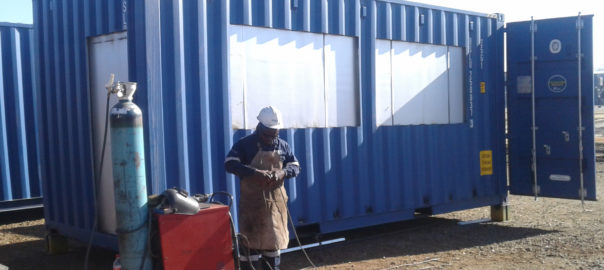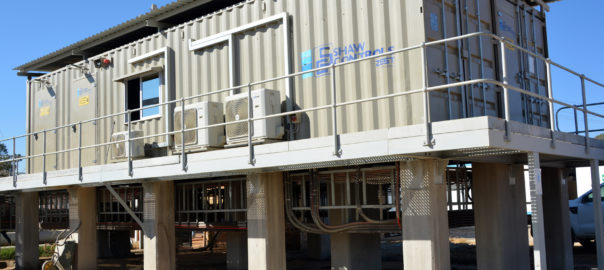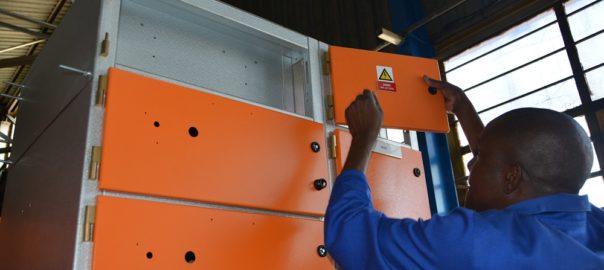WEG Automation Africa has come to the rescue of a tin mine in the Democratic Republic of Congo, providing a containerised substation and control room solution that circumvented the challenging logistics associated with accessing the operation.
The company, formerly Shaw Controls, put the contract win down to an innovative and fit-for-purpose design.
Tyrone Willemse, Business Development Consultant – Projects and Contracts at WEG Automation Africa, said the substations are each housed in a 6-m-high cube container, with a total of 14 units supplied, comprising MV rooms and LV rooms.
Willemse says: “The unit’s dimensions and robustness had to allow for a long journey, including along a very difficult 200 km road to reach the mine site.”
He added: “Every part of the process plant has its own designated MCC (motor control centre) that provides electrical power and control for areas including the primary crushing circuit, the plant feed, regrind mill, tailings thickener, and the product dewatering and handling circuits.”
In addition to meeting safety compliance regulations, the design includes three-way locking systems, LED lighting, fire detection systems and a safety interlock to the fire system for air conditioners. Backup power supply is provided to all the exit lighting, according to WEG. To ensure easy cable entry, meanwhile, glanding plates were carefully located not to overlap with the container’s support beams.
“Working in close collaboration with the engineering house, careful planning could be done upfront to ensure that nothing was overlooked,” Willemse said.
“In the design, full consideration was given to the placement of elements like platforms, walkways, doors, viewing windows and air conditioning units. We also took responsibility for the logistics of getting everything to site.”
Willemse highlighted that this turnkey solution demonstrated WEG Automation Africa’s containerised substation design and engineering capability, as well as its full local manufacturing capacity, which he said, lifted the company above other MCC manufacturers or assemblers.
The containerised solution comes with a full data pack, quality control documentation and an operation and maintenance manual in accordance with ISO9001.
“With our expertise, capacity and experience of working in Africa, we were able to reduce the risk and turnaround time by tackling the entire contract in-house,” Willemse said. “The extensive testing and cold commissioning enabled by our modus operandi and facilities also gave the mine peace of mind that the unit would function as required when it arrived on site.”









